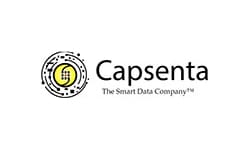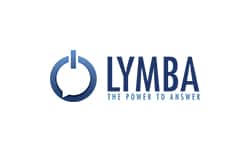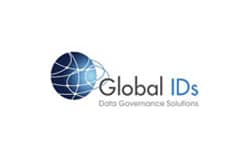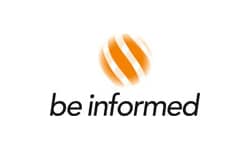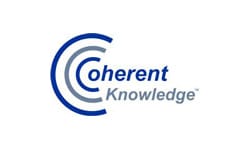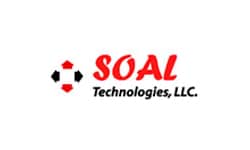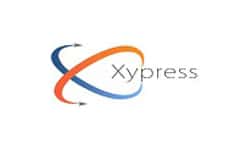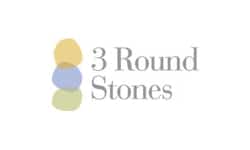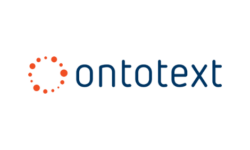Semantic Arts exists to shepherd organizations on their Data-Centric journey.
Our core capabilities include:
• Semantic Knowledge Graph Development and Implementation
• Legacy Avoidance, Erosion, and Replacement
We can help your organization to fix the tangled mess of information in your enterprise systems while discovering ways to dissolve data silos and reduce integration debt.
What is Data-Centric?

Data-Centric is about reversing the priority of data and applications.
Right now, applications rule. Applications own “their” data (it’s really your data, but good luck with that). When you have 1,000 applications (which most large firms do) you have 1,000 incompatible data silos. This serves to further the entrenchment of legacy systems, with no real motivation for change.
Data-Centric says data and their models come first. Applications conform to the data, not the other way around. Almost everyone is surprised at the fundamental simplicity, once it’s been articulated.
It sounds simple, but fifty years of “application-centricity” is a hard habit to break. We specialize in helping firms make this transition. We recognize that in addition to new technology and design skills, a major part of most projects is helping shepherd the social change that this involves.
If you’re fed up with application-centricity and the IT-fad-of-the-month club, contact us.
Read More: What is Data-Centric?
What about those legacy systems?
The move to a more data-centric architecture requires thoughtful planning. Early phases look more like a surgical process of dealing with legacy applications in a way that realizes quick wins and begins to reduce costs, helping to fund future phases. Usually, it looks something like this:
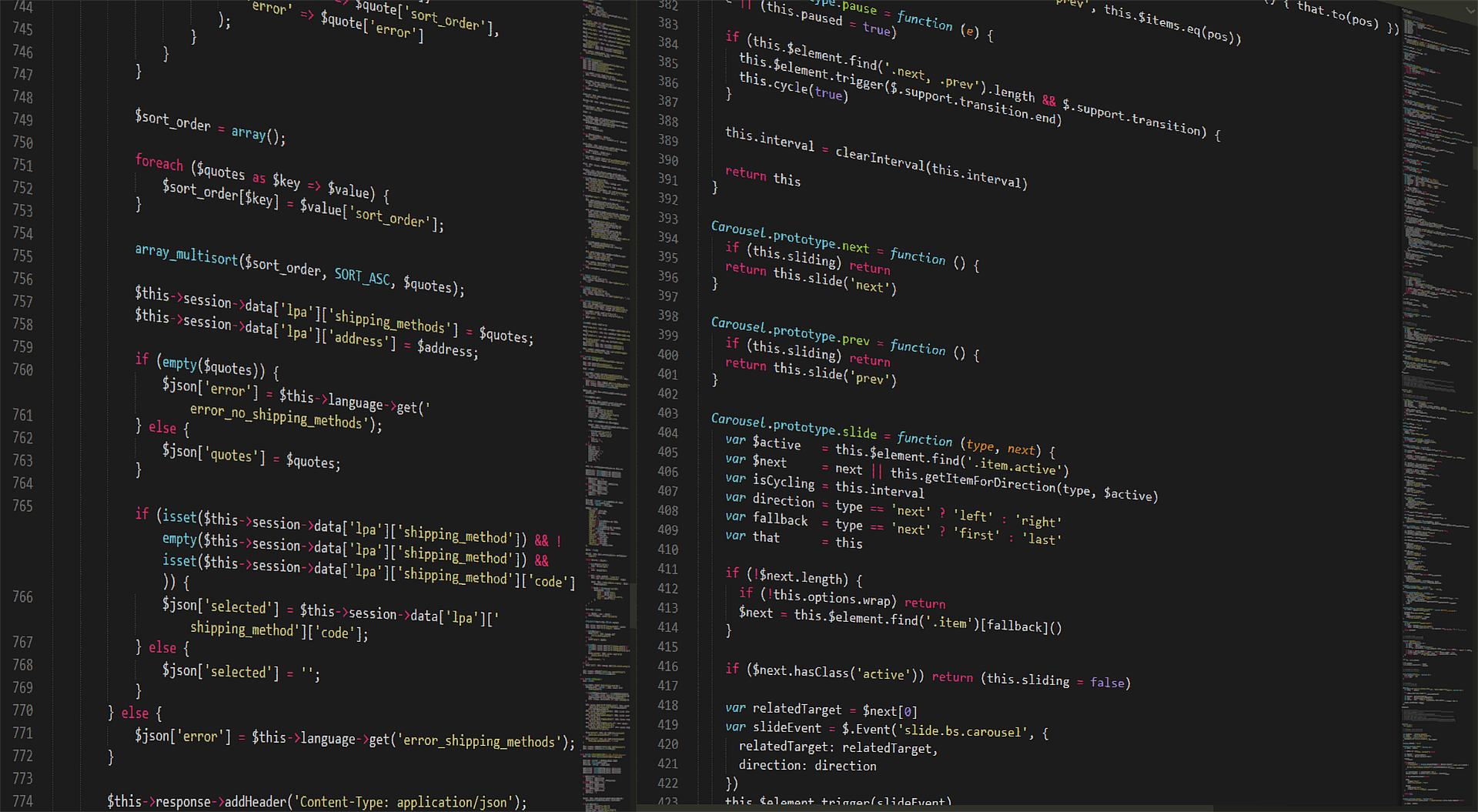
-
Legacy avoidance: The recognition that a firm has slowed down or stopped launching new application systems projects, and instead relies on the data that is in the shared knowledge graph.
-
Legacy erosion: Occurs when firms take use cases that were being performed in a legacy system and instead implement them directly on the graph. Rather than wholesale legacy elimination (which is hard), this approach allows the functionality of the legacy system to be gradually decommissioned.
-
Legacy replacement: Once enough of the data, functionality, and especially integration points have been shifted to the graph, legacy systems can be replaced. Not with “legacy modernization” systems, but with lightweight standalone use cases on the graph.
Read more: Incremental Stealth Legacy Modernization
ABOUT US
<p>Learn more about our mission, our history, and our team.</p>THOUGHT LEADERSHIP
<p>See how we are leading the way towards a data-centric future, and those who have taken note.</p>PROBLEMS WE SOLVE
<p>Discover how we can help you along the journey.</p>Taking a different path STARTS NOW. Become Data-Centric to simplify and enhance your enterprise information landscape:
5 Business Reasons for Implementing a Knowledge Graph Solution
1. Comprehensive data integration
2. Contextualized knowledge discovery
3. Agile knowledge sharing and collaboration
4. Intelligent search and recommendation
5. Future-proof data strategy
Integrating semantic capabilities into enterprise business processes has been the foundational shift that organizations such as Google, Amazon, and countless others have leveraged. The results are tangible: increased market share and revenue, lower costs, better customer experiences, reduced risks, and the promotion of innovation.
Semantic Arts’ professional services deliver true solutions (not gimmicks) for current and future information management challenges.
FROM OUR BLOG
The Data-Centric Hospital
‘The Graceful Adaption of St Frances Xavier Cabrini Hospital since 1948. This post has been updated to reflect the current corona virus crisis. Joe Pine and Kim Korn authors of ‘Infinite Possibility: Creating Customer Value on the Digital Frontier’ say the coronacrisis will change healthcare for the better. Kim points out that although it is 20 years... Continue reading→
Structure-First Data Modeling: The Losing Battle of Perfect Descriptions
In my last article I described Meaning-First data modeling. It’s time to dig into its predecessor and antithesis, which I call Structure-First data modeling, specifically looking at how two assumptions drive our actions. Assumptions are quite useful since they leverage experience without having to re-learn what is already known. It is a real time-saver. Until... Continue reading→
Graph Database Superpowers: Unraveling the back-story of your favorite graph databases
The graph database market is very exciting, as the long list of vendors continues to grow. You may not know that there are huge differences in the origin story of the dozens of graph databases on the market today. It’s this origin story that greatly impacts the superpowers and weaknesses of the various offerings. While... Continue reading→
The Data-Centric Revolution: The Role of SemOps (Part 2)
In our previous installment of this two-part series we introduced a couple of ideas. First, data governance may be more similar to DevOps than first meets the eye. Second, the rise of Knowledge Graphs, Semantics and Data-Centric development will bring with it the need for something similar, which we are calling, “SemOps” (Semantic Operations). Third, when you... Continue reading→
DCAF 2020: Second Annual Data-Centric Architecture Forum Re-Cap
Last year, we decided to call the first annual Data Centric Architecture Conference a Forum which resulted in DCAF. It didn’t take long for attendees to start calling the event “decaf” but they were equally quick to point out that the forum was anything but decaf. We had a great blend of presentations ranging from discussions... Continue reading→
Decades, Planets and Marriage
Google ontologist, Denny Vrandečić started a vigorous thread on the question of what constitutes a decade. See for example, the article: “People Can’t Even Agree On When The Decade Ends”. This, is a re-emergence of the question from 20 years ago on whether the new millennium will/did start on January 1 of 2000 or 2001.This... Continue reading→
Meaning-First Data Modeling, A Radical Return to Simplicity
Person uses language. Person speaks language. Person learns language. We spend the early years of life learning vocabulary and grammar in order to generate and consume meaning. As a result of constantly engaging in semantic generation and consumption, most of us are semantic savants. This Meaning-First approach is our default until we are faced with... Continue reading→
Time to Rethink Master and Reference Data
Every company contends with data quality, and in its pursuit they often commit substantial resources to manage their master and reference data. Remarkably, quite a bit of confusion exists around exactly what these are and how they differ. And since they provide context to business activity, this confusion can undermine any data quality initiative. Here... Continue reading→
Facet Math: Trim Ontology Fat with Occam’s Razor
At Semantic Arts we often come across ontologies whose developers seem to take pride in the number of classes they have created, giving the impression that more classes equate to a better ontology. We disagree with this perspective and as evidence, point to Occam’s Razor, a problem-solving principle that states, “Entities should not be multiplied... Continue reading→
Property Graphs: Training Wheels on the way to Knowledge Graphs
I’m at a graph conference. The general sense is that property graphs are much easier to get started with than Knowledge Graphs. I wanted to explore why that is, and whether it is a good thing. It’s a bit of a puzzle to us, we’ve been using RDF and the Semantic Web stack for almost... Continue reading→
gist: 12.x
gist: is our minimalist upper ontology. It is designed to have the maximum coverage of typical business ontology concepts with the fewest number of primitives and the least amount of ambiguity. Our gist: ontology is free (as in free speech and free beer–it is covered under the Creative Commons 3.0 attribution share-alike license). You can use as you see fit for any purpose, just give us attribution.




